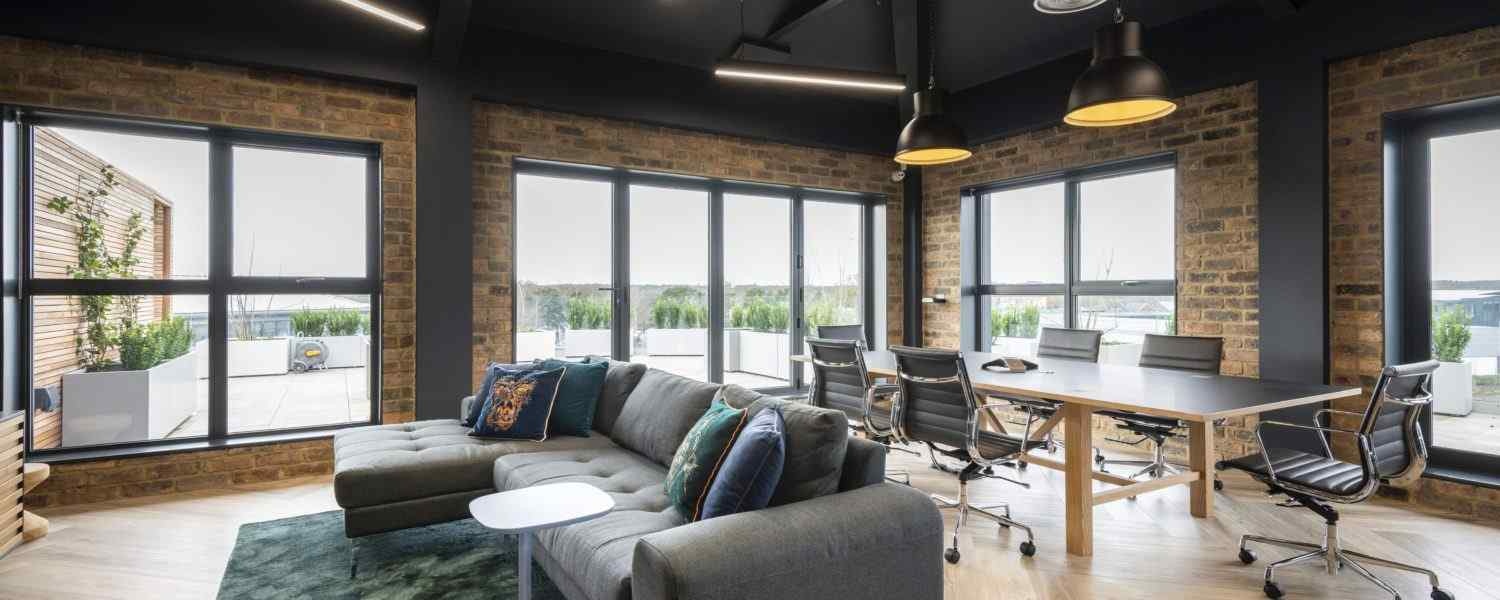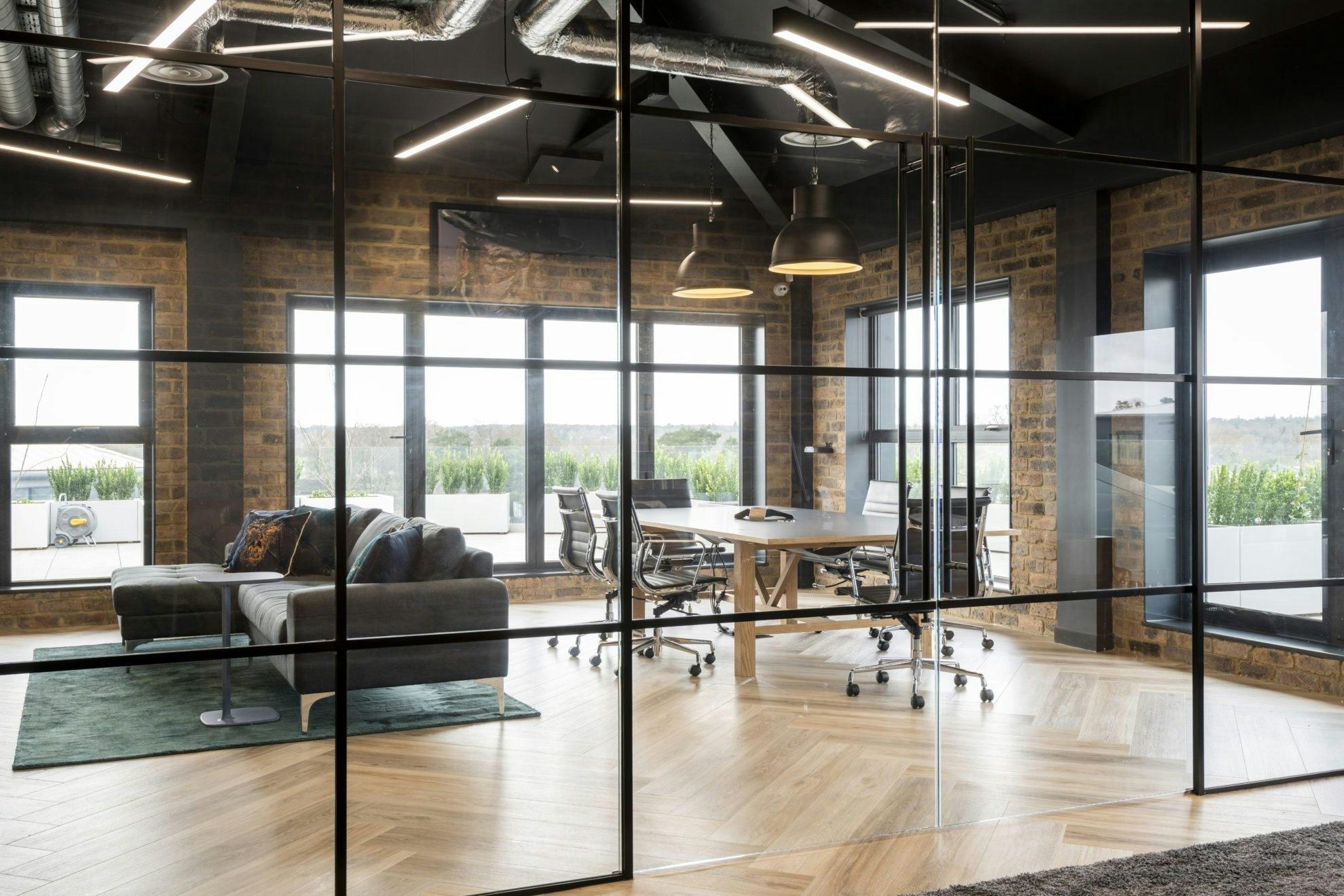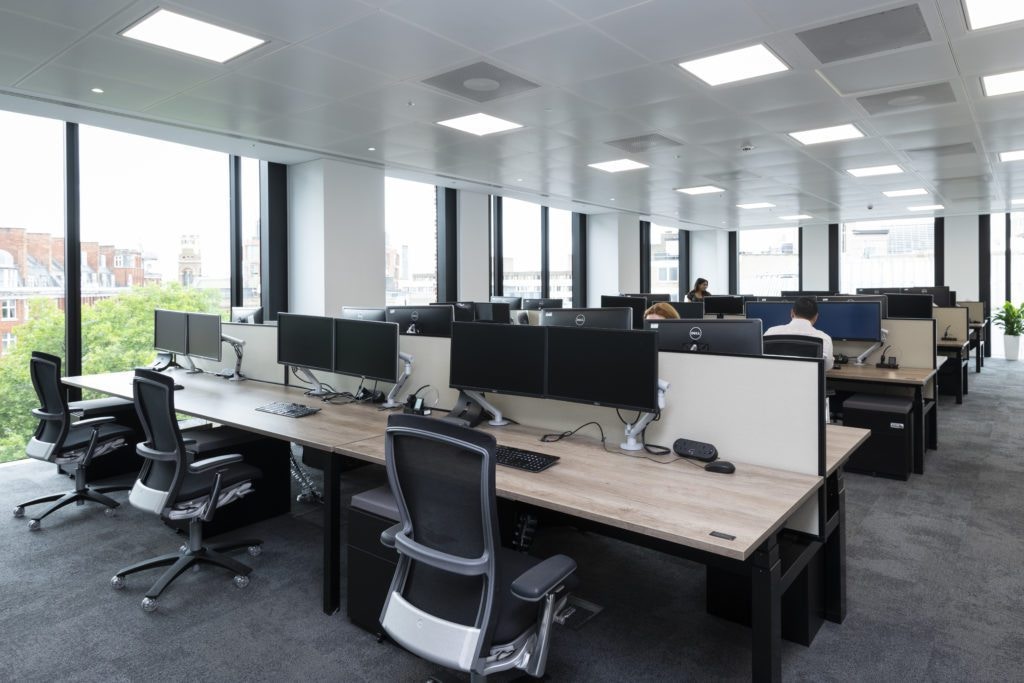Natural light is intrinsic to our well-being. It is instinctive and one of our primal needs as human beings to be outdoors and to be exposed to its elemental properties. Natural light offers an abundance of benefits. In this piece, we’ll look at how natural light in the workplace can positively impact employees, and how we can maximise the use of natural light through effective office design.
We thrive on natural light but have created a world in which we spend much of our time indoors where access to it is limited. As office designers, our objective is to stem this flow and to create workplaces that embrace natural light. But why is there such a focus on sunlight in the workplace, and what are the actual benefits?
Natural light in the workplace
The Harvard Business Review recently published a piece citing a piece of research that found that access to natural light is the number one attribute workers want in their office environment. This is supported by a YouGov study which we conducted last year which found that 1 in 3 office workers want better access to natural light in the workplace.
Additional research has found that natural light is vital for our wellbeing and can make us feel happier and more content. But this is just the tip of the iceberg. Well-being is not just about feeling good, it is also about functioning well, and evidence shows that these elements overlap. Happier people are more energetic, more creative, better problem-solvers, and interact with others more effectively. When they have better access to natural light it can help facilitate these outcomes.



